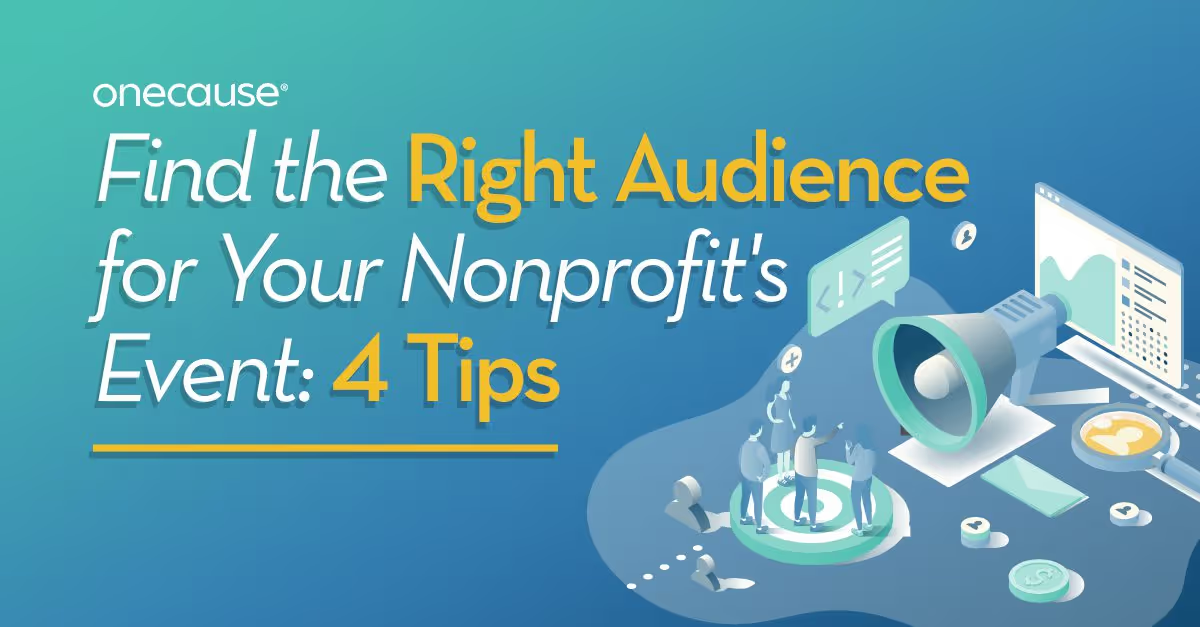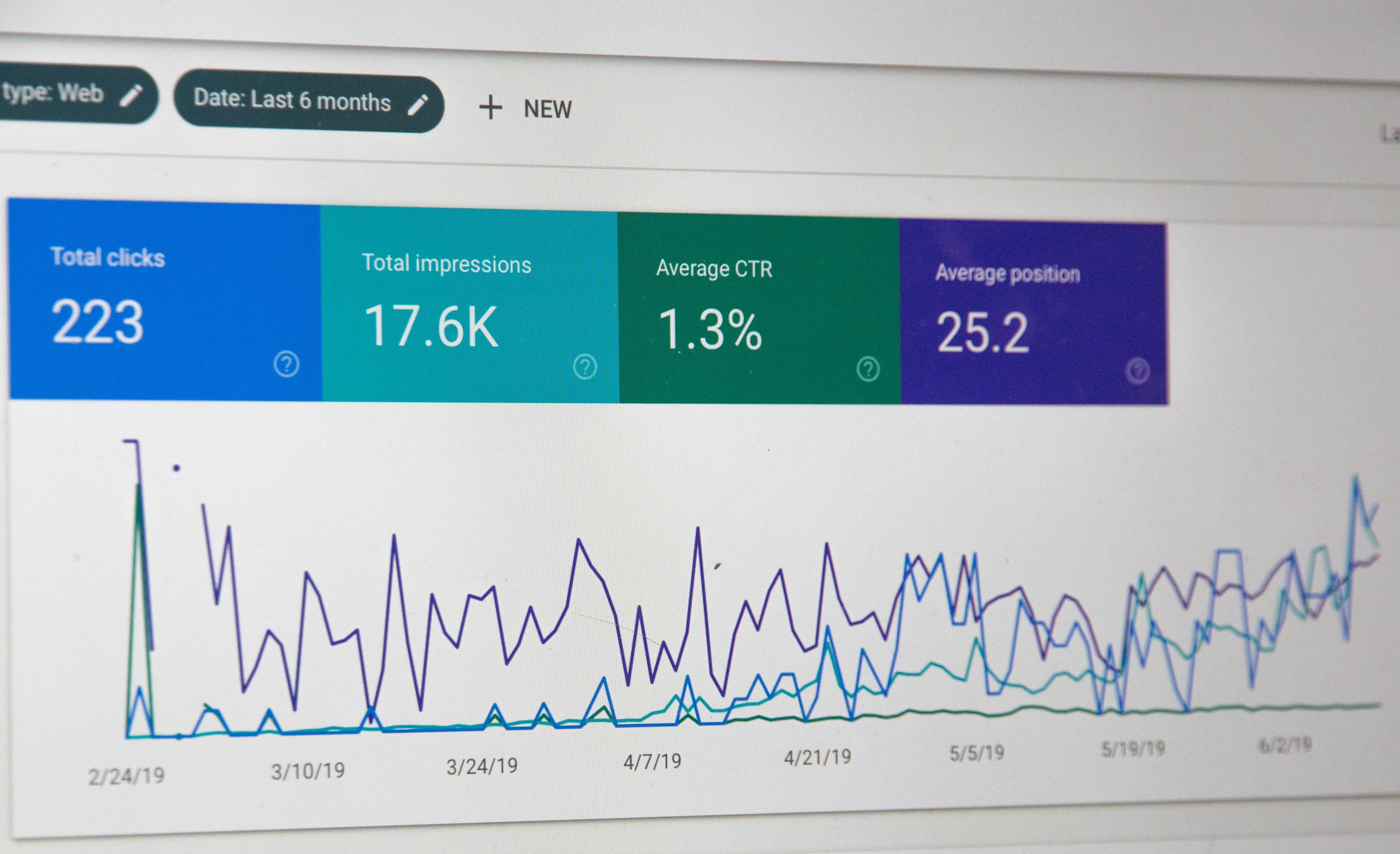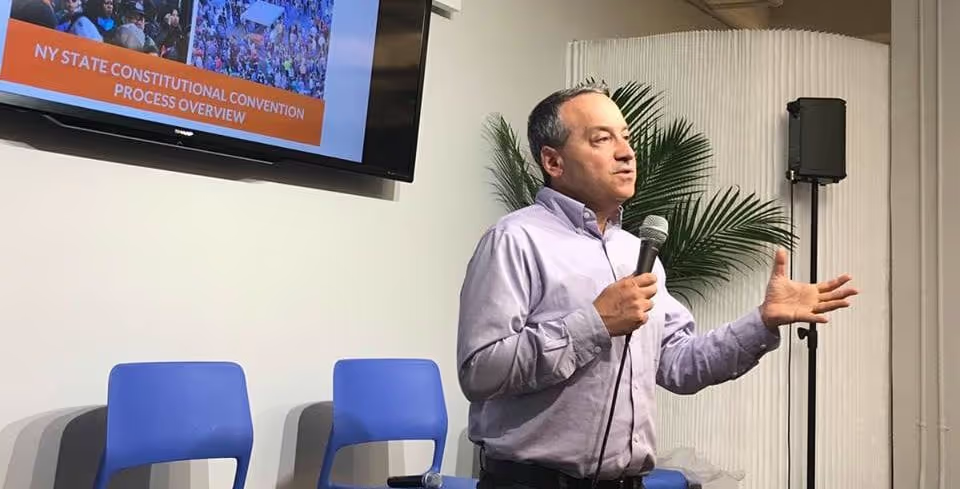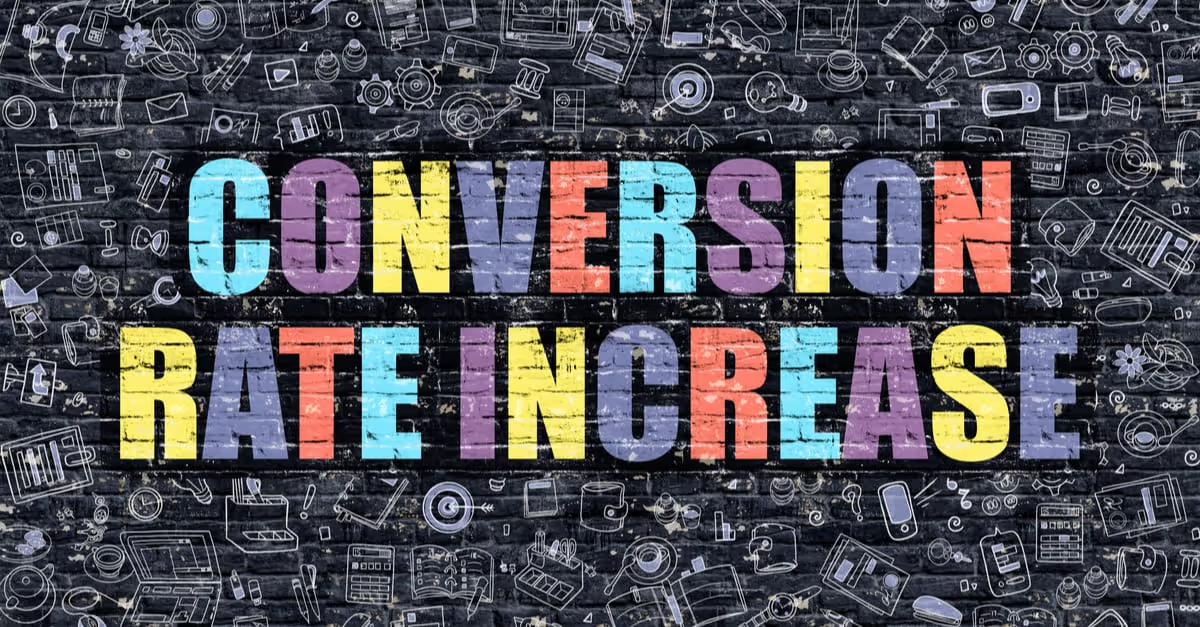For nonprofit organizations, it can seem like a no-brainer to accept all gifts. However, things can be more complicated than they appear. We’ll teach you everything you need to know about nonprofit gift acceptance.
Some instances of gift acceptance may cause more harm, damage, or loss than they do good, especially when things like liabilities, expenses, or legalities are involved.
There are various kinds of gifts that your nonprofit should think twice about before accepting. For example, buildings or real estate of any kind, personal property or possessions, certain kinds of stock, or anything that goes against your organization’s values should be carefully weighed before being accepted.
Besides gifts, there are also certain donors that you may not want to accept gifts from. Depending on the conditions of the gift or interests of the donor, it may be best to reject some gifts. Be wary of accepting gifts from donors who want to restrict or control certain assets, whose gifts may benefit them much more than they benefit the organization, or who have specific rules for potential gifts that don’t align with your organization.
With several situations and potential issues to look out for, it is important to remain consistent when accepting gifts. By remaining consistent and accepting or rejecting the same types of gifts, you can ensure that everything is fair and that your nonprofit organization is making beneficial decisions. Creating some form of a gift acceptance policy will help your nonprofit stay on track and be consistent in accepting or rejecting gifts.
What are Nonprofit Gift Acceptance Policies?
A nonprofit gift acceptance policy is a standardized set of rules an organization creates to determine whether or not to accept potential gifts. Having a written policy can help board members and staff make decisions pertaining to gifts, prevent potential damage or losses, provide order and structure to the way your nonprofit handles gift acceptances and rejections, create and manage the expectations of donors, and follow the regulations of the IRS. For example, IRS form 990 refers to gift acceptance policies and requires that nonprofits have one in order to complete Schedule M.
Some nonprofit organizations doubt or question the need for a gift acceptance policy, especially if they rarely receive gifts that may need to be rejected. However, even if this is the case, it can still serve as a protective measure to have a policy written up in advance. The policy can be especially helpful for staff members or employees, as they will not be put in an uncomfortable position when dealing with donors. With a gift acceptance policy in place, they will be able to explain to donors that not all gifts are automatically accepted, and will have the policy to back up or reference what they are saying.
How to Make a Gift Acceptance Policy
Making a gift acceptance policy may seem difficult at first, but can be easily created with the right knowledge and resources. One of the first steps to take before creating a policy of any kind is to prepare. Try to figure out the main purpose, goals, and expected outcomes of creating a gift acceptance policy. These may vary depending on your organization and should be specific to the needs of your nonprofit.
After you have your purpose, goals, and expected outcomes figured out, you can consider the details of the policy. Clarifying what kind of gifts the policy will take, what kinds of donors or people will and will not be included in the policy when it comes to giving gifts, the time frame and procedures for reviewing gifts, how gifts will be reviewed, who will and won’t be involved in the process, etc.
1. Create a Draft Policy
The first step in creating a gift acceptance policy is to write a draft version of the policy. Although this sounds easier said than done, there are a variety of resources to help guide you. For one, there are a number of sample gift acceptance policies and free policy templates out there to serve as a reference for how to organize your policy.
When creating a draft policy, make sure to be specific, adapting the basic elements of the sample policies to match the needs of your nonprofit. When in doubt, it can be helpful to remember to be as specific as possible. For example, the size of your organization, the mission and values of your organization, and the resources you have available should all be taken into consideration. It may also be useful to list out any types of gifts, monetary limits, or pledge restrictions that you know will cause gifts to be rejected.
2. Review the Policy
Once you are done making your draft gift acceptance policy, it is crucial to have the draft reviewed. First, you will want to find a qualified legal representative, such as an attorney or someone who specializes in nonprofit gift acceptance policies. Keep in mind that any conflicts of interest should be avoided if possible, so try to ensure that this legal representative is not a board member or someone whose interests don’t align with your organization’s. Having this person review the draft policy from a legal perspective will allow all of the legal aspects to be taken care of.
After the draft policy has been reviewed from a legal perspective, it should then be reviewed by some kind of committee. Many organizations create a gift acceptance committee, although the policy can also be reviewed by any kind of executive, financial, or related committees. It may also be advisable to have multiple committees review the draft policy. This way, it will be easier to catch any issues or difficulties that need to be worked out. Working out any practical, financial, or other issues can make things easier in the future. Without being prepared for hypothetical situations or specifics, future issues may have to be addressed on a case-by-case basis, which makes it much more difficult to stay consistent and avoid hurting the feelings of potential donors or having uncomfortable situations arise.
3. Accept and Implement the Policy
After all of the possible issues have been dealt with, the policy should be sent to the board for approval. If approved by board members, the gift acceptance policy can then be implemented. Not only is this helpful in their role as board members, but can also serve as a guide for any board members who may wish to donate a gift or gifts in the future.
Because of the changing nature of laws, it is essential that the gift acceptance policy is reviewed by a qualified legal authority at least once a year. It may even be a good practice to write in the policy itself that you will have it reviewed by legal professionals annually.
Checklist for a Nonprofit Gift Acceptance Policy
Many gift acceptance policies include essential elements that help to ensure they are functioning in the desired way and are getting the job done properly. Keep in mind that every nonprofit organization has its own goals, values, interests, and objectives, so some of these elements may not apply to every nonprofit gift acceptance policy.
1. Specify Authority
Having a section of your nonprofit gift acceptance policy that outlines who is given the authority to accept and reject gifts can make the gift acceptance process much easier in the future. If your organization is or will be potentially dealing with more complicated gifts, looking outward to a community foundation, another nonprofit, or some type of third-party group may be beneficial. This can help avoid problems such as conflicts of interest and can lower potential risks for your organization.
2. Address the Topic of Pledges
Pledges can be an especially tricky part of nonprofit gift acceptance, as factors like changing stocks and sources of assets may come into play. In your policy, it is a good idea to specify important details related to pledges, such as who can make pledges, how much they can pledge, and how they are paying for the pledge.
3. Outline the Process of Gift Agreements and Receipts
Along with pledges, gift agreements and receipts should be addressed in your policy. Gift agreements can become easily complicated when different factors change. Thus, having a section of your policy in place to clarify what to do in different circumstances can be incredibly helpful. The same goes for things such as gift receipts and thank-you letters.
Conclusion
Although the world of nonprofit gift acceptance may seem unnecessarily complicated and confusing at first, it does not have to be. Creating a specific gift acceptance policy to be reviewed, accepted, and implemented may not be as hard as it initially appears, and can have substantial benefits to your organization.
.svg)


.svg)
.svg)
.svg)

.avif)







































































































.svg)
.svg)
.svg)
.svg)